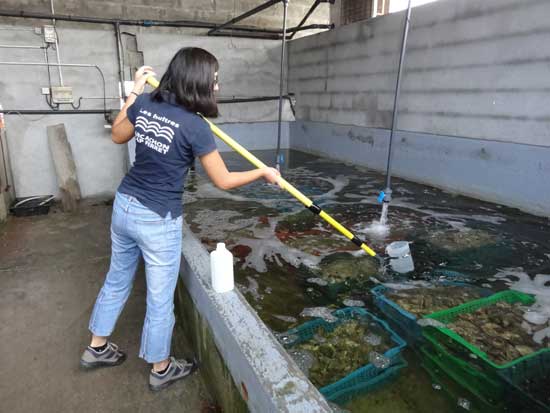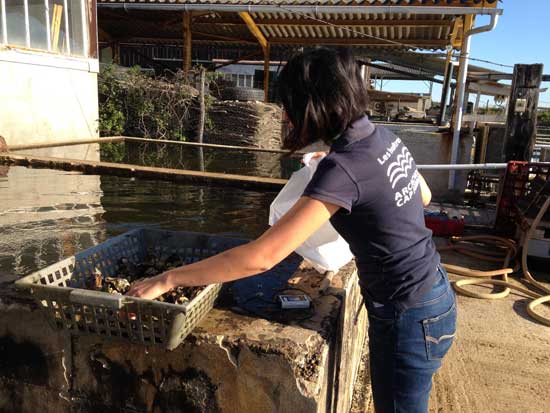In France, the production and relaying areas for live shellfish are classified by the Administration depending on the results of a health study, known as the zonal study. This classification establishes 4 levels of quality in relation to sanitation and water quality (A, B, C and D) (cf. Order of 21 May 1999 relating to the health classification and monitoring of production areas and relaying areas for live shellfish).
The Arcachon Bay only has areas that are classified A (about 80% of them) or B (the remaining 20%). The areas of oyster farms that are classified in zone B only relate to farms that are dedicated soley to the collection of oyster spat, and no commercial oysters are directly derived from them.
In order to be able to be sold, the oysters are placed in farms that are classified A and which have water that is of an exceptional quality – the oysters then grow there for several months.

The GDSOA – Groupement de Défense Sanitaire Ostréicole Aquitain [Aquitain Oyster Health Defence Group] keeping an expert eye on things
In setting up the GDSOA in January 2012, the Arcachon Aquitaine Regional Committee for Shellfish Farming made a choice to become more involved in health monitoring systems.
With this unprecedented initiative, a first in France, the aim was to respond as effectively as possible to evolving health standards being applied to oyster farms, as well as to the increasingly growing expectations of consumers and large and medium-sized retailers (GMS). The initiative also had to deal with the new remit of the veterinary services, which are no longer responsible for advising producers.
